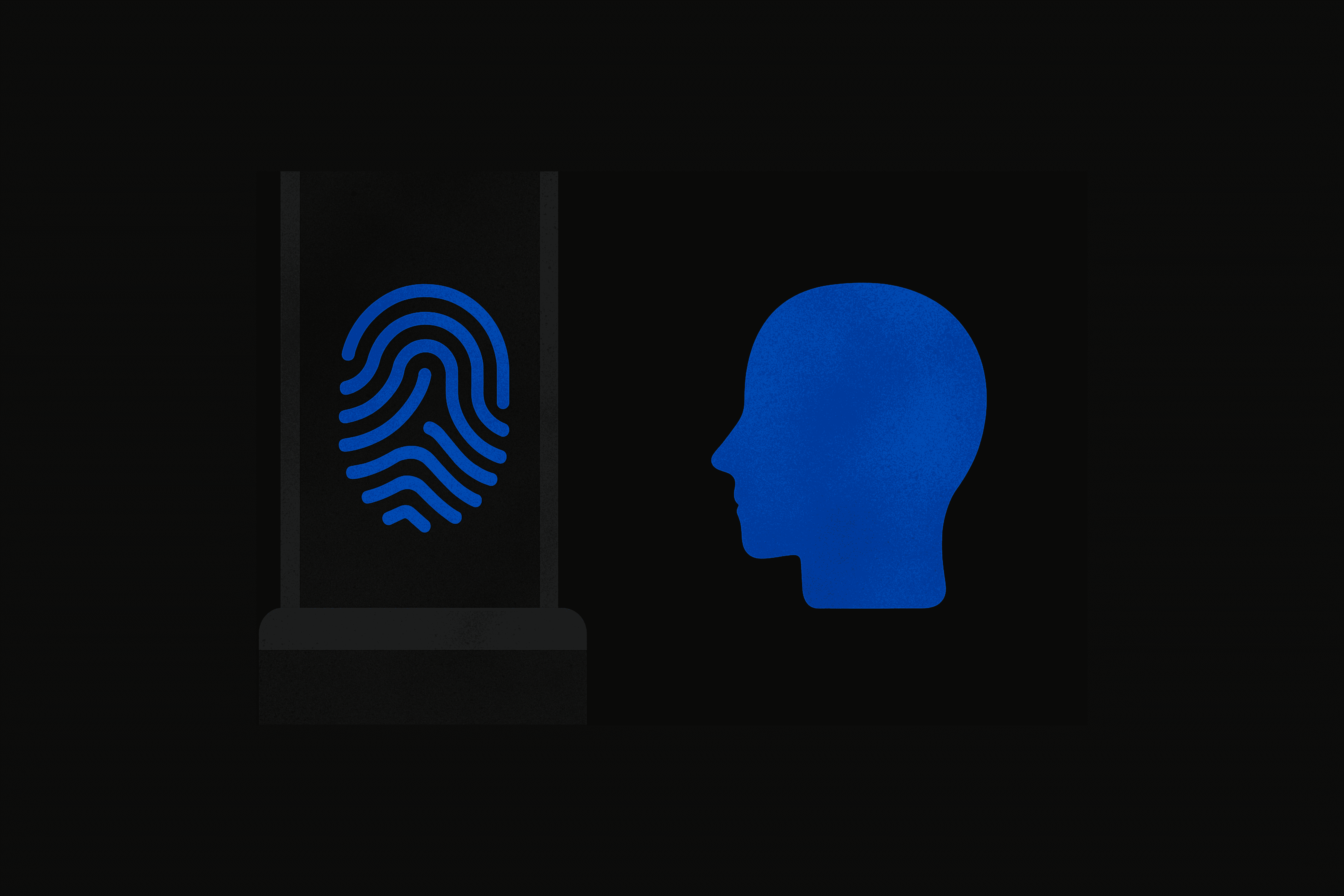
Contactless and biometric payments have experienced remarkable growth, with tap-and-go transactions increasing by over 150% in recent years. These technologies represent more than convenience trends; they address fundamental merchant needs for faster processing, enhanced security, and improved customer satisfaction. Understanding these payment methods has become crucial for businesses seeking competitive advantages in today's evolving retail landscape.
Consumer demand for hygienic, efficient payment options continues driving adoption across all merchant categories. From quick-service restaurants to luxury retailers, businesses discover that offering advanced payment technologies improves operational efficiency while meeting modern customer expectations.
Contactless payments enable customers to complete transactions by tapping payment cards, smartphones, or wearable devices near point-of-sale terminals. Near-field communication (NFC) technology facilitates secure data transmission within inches, eliminating the need for physical card insertion or swiping.
Biometric payments authenticate transactions using unique physical characteristics such as fingerprints, facial features, or iris patterns. These biological markers serve as digital signatures that verify customer identity with remarkable accuracy. Advanced algorithms convert biometric features into encrypted templates that protect personal information while enabling rapid authentication.
Modern biometric systems integrate seamlessly with contactless infrastructure, creating dual-layer security that combines convenience with fraud protection. Customers can authorize payments through quick biometric scans while maintaining the speed and hygiene benefits of contactless transactions.
Enhanced security represents the primary advantage of biometric authentication. Unlike passwords or PINs that can be stolen or forgotten, biometric traits remain unique to each individual and extremely difficult to replicate. Fraud rates drop significantly when businesses implement biometric verification, protecting both merchants and customers from financial losses.
Transaction speed improvements directly impact merchant profitability through increased customer throughput. Biometric authentication typically takes less than two seconds, while traditional methods requiring PIN entry or signature verification can take substantially longer. Faster checkout processes reduce queue times and improve customer satisfaction scores.
Simplified payment processes eliminate common friction points that cause transaction abandonment. Customers no longer need to remember PINs, carry physical cards, or worry about forgotten passwords. This streamlined experience encourages repeat visits and positive word-of-mouth recommendations.
Higher transaction limits become possible with biometric authentication due to increased security confidence. Payment networks often allow larger contactless purchases when biometric verification provides additional fraud protection, enabling merchants to process bigger transactions without requiring chip insertion or signatures.
Modern biometric systems capture and process authentication data within milliseconds. Fingerprint sensors embedded in payment cards or terminals scan ridge patterns and convert them into encrypted mathematical templates. Facial recognition cameras analyze multiple facial features simultaneously, creating unique digital profiles for each customer.
Biometric payment cards represent an innovative fusion of traditional payment methods with advanced security features. These cards contain built-in fingerprint sensors that verify cardholder identity before authorizing transactions. Customers simply place their finger on the card sensor while tapping it against the payment terminal.
Touch-free biometric authentication addresses hygiene concerns while maintaining security standards. Facial recognition and iris scanning technologies enable completely contactless verification, appealing to health-conscious consumers and supporting sanitary business practices.
Payment solution selection should prioritize providers offering integrated contactless and biometric capabilities. The most effective systems combine multiple authentication methods, allowing customers to choose their preferred verification approach while maintaining consistent security levels across all transactions.
Data privacy compliance requires careful attention when implementing biometric payment systems. Regulations like GDPR and CCPA impose strict requirements for biometric data collection, storage, and processing. Merchants must ensure their chosen solutions meet all applicable privacy standards and provide transparent disclosure about data usage.
Staff training programs should emphasize both technical operation and customer education aspects of biometric payments. Employees need to understand how these systems work, troubleshoot common issues, and explain benefits to curious or hesitant customers. Clear communication about security features helps build customer confidence in new payment technologies.
Contactless and biometric payments offer merchants powerful tools for improving security, speed, and customer satisfaction simultaneously. These technologies address multiple business challenges while positioning companies at the forefront of payment innovation. Merchants who embrace biometric authentication and contactless processing today will be better prepared for tomorrow's increasingly digital commerce environment, building stronger customer relationships through superior payment experiences.